Conquering the Everest Base Camp Trek: A Journey of a Lifetime
The Mount Everest base camp trek is one of the world’s highest peaks in the world. Ama Dablam is a majestic mountain in the Khumbu Valley region of the Himalayas, Nepal. Nicknamed the “Matterhorn of the Himalayas” due to its similar shape, Ama Dablam is a popular challenge for mountaineers.
Sir Edmund Hillary, alongside Tenzing Norgay, famously conquered the summit of Mount Everest in 1953. Their expedition pushed the boundaries of human exploration.
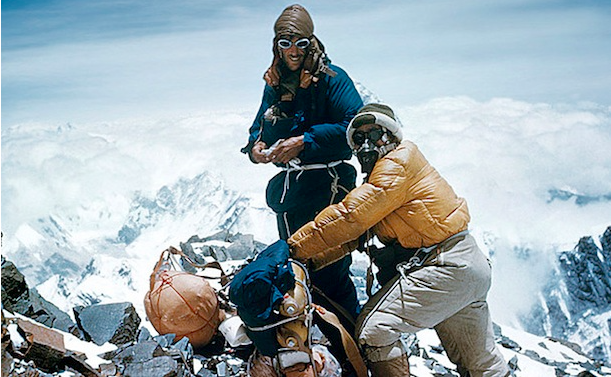
The Everest Base Camp hike has wobbly suspension bridges to cross. But the amazing Himalayan views will take your mind off it. Colorful prayer flags, strung by trekkers and locals alike, flutter in the wind, carrying hopes and dreams heavenward. The journey is a remarkable one, taking you from the relative comfort of sea level to the foot of the world’s highest peak mountain.
Climbing on the Sea Level Mount Everest Base Camp is an experience of a lifetime. The journey not only challenges the body but also connects you with fellow trekkers and locals alike.
As you trek along the Himalayan trails, you’ll encounter Nepalese people from diverse backgrounds and cultures. Island Peak, also known as Imja Tse. A majestic mountain peak located in the Khumbu region of Nepal’s Himalayas island peak
From the cheerful tea house owners to the determined mountaineers, all come together to form a memorable friendship. The interactions with locals allow one to understand their way of life and their traditions.
Key Takeaways
- Proper preparation, including physical and mental training, is essential for a successful trek to Mt Everest Base Camp.
- The trek to Everest Base Camp winds through charming villages, past majestic peaks, and up steep paths that will test your endurance.
- Cultural encounters with the Sherpa people and visits to local monasteries and villages enrich the trekking experience.
- Overcoming the physical and mental challenges of the trek leads to a profound sense of achievement and personal growth.
- Photography becomes a passport on the Everest Base Camp trek. It helps you remember beautiful villages tucked under tall mountains. Let you share the excitement of overcoming tough, stunning trails.
Preparing for the EBC Trek
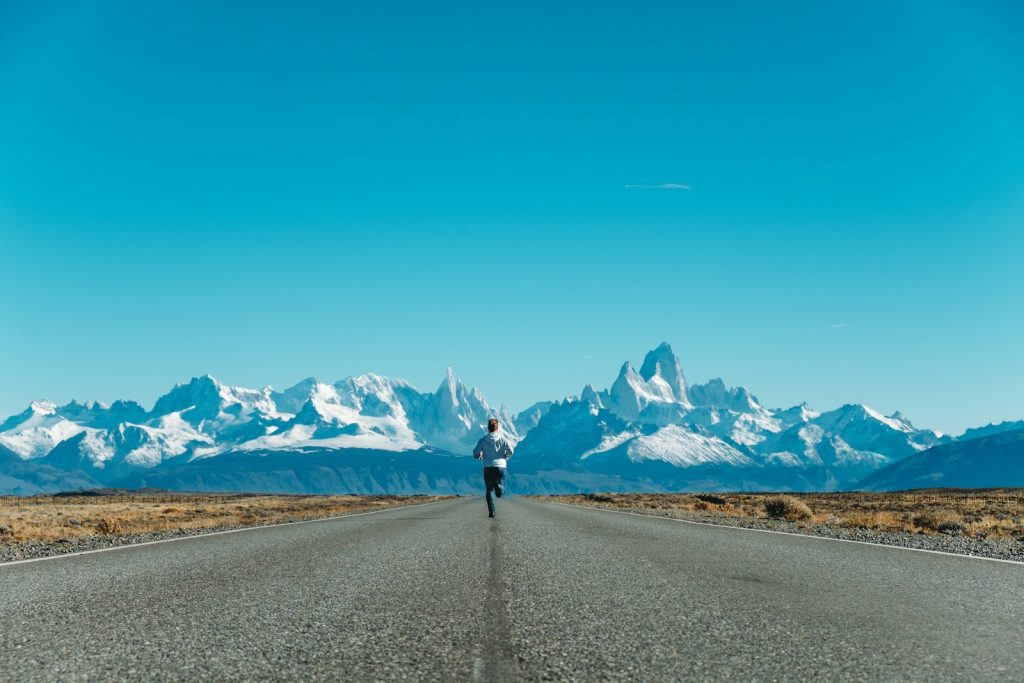
Climbing on the EBC Trek requires careful preparation to ensure a safe and successful journey. One of the most important aspects of preparation is physical fitness. The trek involves long hours of walking in challenging terrains, high altitudes, and extreme weather conditions.
It is essential to engage in regular heart and blood vessel exercises. Such as hiking, running, and cycling, to build endurance and stamina.
Essential Tips for EBC Trek
The most visited place in Nepal Everest Base Camp trek is a dream adventure for many, offering Himalayan panoramas and a challenging journey. Here are some key tips to ensure a safe and unforgettable experience:
Preparation is Key:
- Train Well: Build your stamina and endurance with regular hikes or cardio exercises. Remember, Everest Base Camp is high altitude, so physical fitness is crucial.
- Gear Up: Pack the clothing and gear for all weather conditions. Including comfortable hiking boots, warm layers, and a good rain jacket. Refer to a packing list for details.
- Plan Your Dates: Choose the trekking season with the best weather, typically spring (March-May) or autumn (September-November).
- Book Smartly: Research and choose a reputable trekking agency with experienced guides and a strong safety record.
- Travel Insurance: Get comprehensive travel insurance that covers medical emergencies, trip cancellation, and helicopter evacuation if needed.
Embrace the Altitude:
- Ascend Slowly: Altitude sickness is a real concern. Listen to your body, ascend gradually, and take rest days for acclimatization or extra days.
- Hydrate Well: Drink plenty of purified water throughout the trek to stay hydrated and avoid altitude sickness.
- Diamox (optional): Consult your doctor about using Diamox, a medication to help prevent altitude sickness.
Embrace the Journey:
- Respect the Culture: Be mindful of local customs and traditions in Sherpa villages.
- Leave No Trace: Pack out all your trash and practice responsible trekking to preserve the environment.
- Enjoy the Scenery: Take time to soak in the breathtaking mountain views, unique flora and fauna, and the Sherpa way of life.
- Embrace the Challenge: The trek can be physically demanding, but the sense of accomplishment at reaching Base Camp is worth it.
Bonus Tips:
- Bring Cash: While some teahouses accept credit cards. it’s wise to have Nepali Rupees for smaller purchases and tipping porters/guides.
- Pack Entertainment: For rest days, consider bringing books, cards, or a journal to keep yourself entertained.
- Learn Basic Nepali Phrases: Learning a few Nepali greetings. phrases can go a long way in connecting with the locals. Like “Namaste, K chha?, Tapai lai Kasto chha?, Dhanyabad, Malai Thik chha tapai lai kasto chha?”,
- Mind the Battery Drain: Cold temperatures can drain batteries quickly. Bring a portable charger or extra batteries for your electronics.
Remember: This is an incredible adventure, but also a challenging one. Be prepared, listen to your body, and most importantly, enjoy the experience.
Essential Gear and Equipment
Proper gear is crucial for the Mt Everest. Ensure you have sturdy footwear, warm clothing, and a reliable backpack. Other essential items include sleeping bags, trekking poles, and a first aid kit. Investing in high-quality gear can make a significant difference in your comfort and safety.
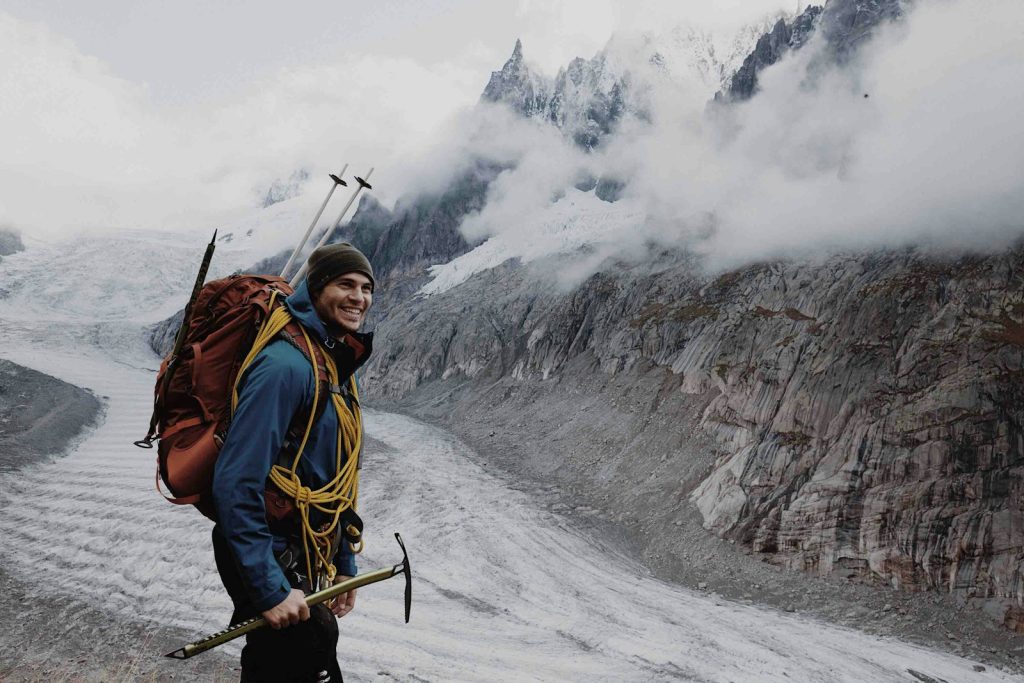
Clothing
- Base Layers (2-3 sets): Breathable, moisture-wicking thermals like merino wool.
- Insulation Layers (2-3 sets): Fleece jackets and pants.
- Outer Shell (Jacket & Pants): Waterproof, breathable jacket and pants.
- Trekking Shirts (2-3): Lightweight, quick-drying long-sleeved shirts.
- Trekking Trousers (2 pairs): Convertible pants with zip-off legs.
- Underwear (4-6 pairs): Quick-drying, breathable fabric.
- Sports Bras (2-3): Supportive and moisture-wicking (for female trekkers).
- Socks (Liner socks: 3-4 pairs, Hiking socks: 2-3 pairs): Liner socks for moisture wicking, thicker hiking socks for warmth and cushion.
- Warm Hat: Beanie or fleece hat.
- Sun Hat: Wide-brimmed hat.
- Neck Buff: Versatile for sun protection, warmth, or sweat-wicking.
- Bandana (optional): For various purposes like sweat or sun protection.
- Gloves (Liner gloves & Warm gloves/mittens): Liner gloves for warmth and sweat-wicking, outer gloves or mittens for colder temperatures.
Footwear
- Trekking Boots: Sturdy, waterproof boots with good ankle support (broken in well before the trek).
- Hiking Sandals or Shoes (optional): Comfortable for teahouses or rest days.
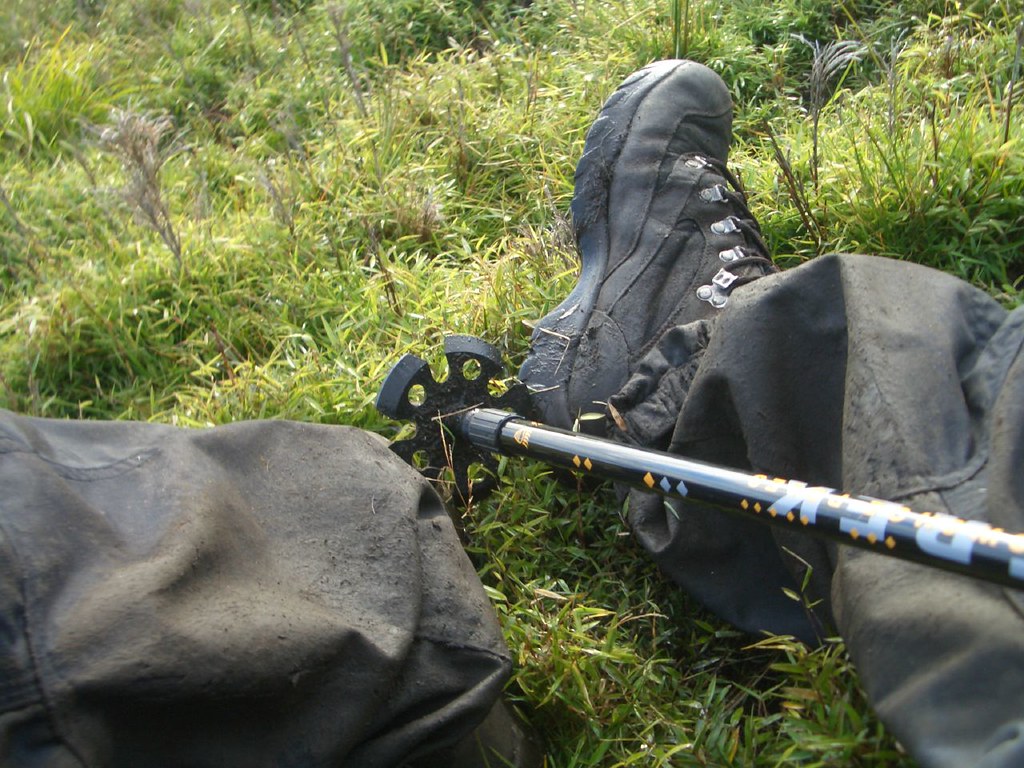
Headlamp: Essential for pre-dawn starts and nighttime navigation in teahouses.
Sunglasses: With UV protection to shield your eyes from the sun.
Sunscreen: High-SPF sunscreen to protect your skin.
Water Bottle: Reusable water bottle (at least 1 liter capacity) to stay hydrated.
Trekking Poles: Help with balance, stability, and reducing knee strain.
First-Aid Kit: Basic kit for treating minor injuries and ailments.
Toiletries: Toothbrush, toothpaste, hand sanitizer, wet wipes (biodegradable), blister pads.
Cash: Nepali Rupees for smaller purchases and tipping.
Personal Documents: Copies of passport, trekking permit, and travel insurance documents (originals in waterproof pouch).
Camera: To capture the scenery and document your adventure.
Power Bank: Portable charger to keep electronic devices charged.
Sleeping Bag: Temperature rating suitable for high-altitude conditions (around -15°C or 5°F).
Duffel Bag & Daypack: Large duffel bag for porters, smaller daypack for essentials on day hikes.
Travel Insurance: Protects you financially in case of unforeseen circumstances like medical emergencies, trip cancellation, or lost luggage.
Optional Items:
- Water Purification Tablets: Alternative way to purify drinking water.
- Diamox: Medication to help prevent altitude sickness (consult your doctor first).
- Cash for Souvenirs: Support the local economy.
- Reading Material: Books, journals, or cards for entertainment during rest days.
- Trail Snacks: High-energy snacks like granola bars or dried fruit.
Remember: This is a general guideline. You may need to adjust the list based on your needs, the time of year, and your specific itinerary. Consult your trekking company for their recommendations.
Physical and Mental Preparation
Even if you’ve never been trekking before. Participants should be reasonably fit and prepared for long days of walking at lower altitudes to high altitudes. Engage in regular cardio exercises and strength training to build endurance and stamina. Mental preparation is equally important; staying positive and motivated can help you overcome the challenges of the trek.
Choosing the Right Trekking Agency
Selecting a reputable trekking agency is vital for a successful Mt Everest. Nepal Tour Place is the best travel and trekking company. Plan Your Everest Base Camp Trek with a Reputable Agency. Look for agencies with experienced guides, good reviews, and comprehensive Trek Packages.

A good agency will provide support, ensure your safety, and enhance your overall trekking experience. For a safe and enjoyable Everest Base Camp trek, choosing the right trekking agency is crucial. Look for a company with:
- Experience: Years of experience operating treks in the Everest region.
- Qualified Guides: Certified and experienced guides who prioritize your safety.
- Good Reputation: Positive reviews from past trekkers.
- Safety High Standards: Up-to-date equipment, proper insurance, and emergency protocols.
- Reasonable Pricing: Competitive prices that reflect the quality of service.
Do your research, compare options, and choose a company you trust to guide you on this incredible adventure. Avoid using phrases like “Best trekking Company in Nepal”. Focus on the qualities that make a good trekking agency.
Proper preparation is the key to conquering the Everest Res. From physical training to choosing the right gear and agency, every detail matters.
The Route to Everest Base Camp
Key Stops Along the Way
The trek to Everest Base Camp typically begins in Kathmandu from Manthali Airport to Lukla flight. A bustling town with a small airstrip. From Lukla, trekkers embark on a multi-day journey.
The picturesque villages of Phakding, Namche Bazaar, Tengboche, Dingboche, Lobuche, and Gorak Shep before reaching Everest Base Camp. Each stop offers unique experiences and stunning landscapes, making the journey as rewarding as the destination.

Everest Base Camp Trek: A 14-Day Itinerary
The Everest Base Camp Trek is one of the most popular treks in the world. Which is in Sagarmatha National Park, and for good reason. This trek offers stunning Himalayan views, including the mighty Everest, while immersing you in the rich Sherpa culture. The trek is challenging, but it is also incredibly rewarding.
Here is a 14-day itinerary for the Everest Base Camp Trek:
Day 1: Arrival at Kathmandu Airport
- Arrive at Kathmandu Airport and Tribhuvan International Airport. the vibrant capital city of Nepal.
- Check into your hotel and enjoy some time exploring the bustling streets and historical landmarks like Durbar Square.
- Meet your trekking company representative for a briefing on the trek itinerary and safety procedures.
Day 2: Kathmandu to Lukla Flight & Trek to Phakding
- Take an early morning flight from Tribhuvan International Airport. Kathmandu to Lukla Airport, a thrilling landing experience at the world’s highest commercial airstrip.
- Enjoy breathtaking mountain views as you land amidst the Himalayas.
- Begin your trek, descending to the Dudh Koshi River valley and reaching the charming village of Phakding.
- Immerse yourself in the local atmosphere and enjoy a traditional Nepalese meal at a teahouse. Cold and Hot showers are available.
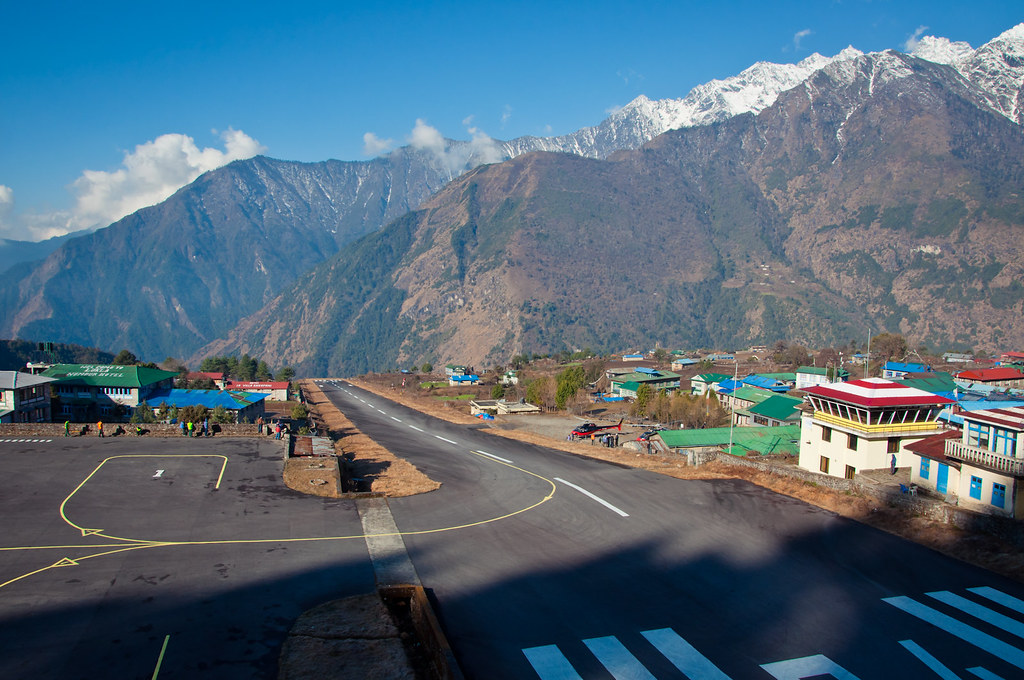
Day 3: Phakding to Namche Bazaar
- Follow the well-established trail along the Dudh Koshi River.
- Cross your first suspension bridge, offering stunning views of the valley below.
- Ascend gradually, entering Sagarmatha National Park, a UNESCO World Heritage Site.
- Reach Namche Bazaar, a bustling Sherpa trading town and gateway to Everest Base Camp.
- Explore the vibrant market square, cafes with internet access, and the famous Everest View Hotel.
Days 4 & 5: Acclimatization in Namche Bazaar
- Spend two crucial days acclimatizing to the increasing altitude.
- Explore the surrounding area, and hike to the highest point of view like Syangboche for panoramic mountain vistas.
- Visit the Namche Bazaar Monastery, a historic Buddhist Gompa with unique artifacts.
- Learn about Sherpa culture and traditions by interacting with locals and visiting the Sherpa Heritage House.
- Enjoy the fresh mountain air and breathtaking scenery from your vantage point in Namche Bazaar.
Day 6: Namche Bazaar to Tengboche
- Leave Namche Bazaar and continue your trek along a scenic path adorned with prayer flags.
- Cross another exciting suspension bridge and witness the majestic Ama Dablam peak towering above.
- Ascend through a rhododendron forest, enjoying the vibrant blooms in spring.
- Reach Tengboche, a picturesque village nestled amidst towering mountains.
- Explore the famous Tengboche Monastery, the largest monastery in the Khumbu region. Witness breathtaking Himalayan best views from its perch.
Day 7: Tengboche to Dingboche
- Depart from Tengboche and follow a scenic trail with panoramic best views of the Himalayas.
- Enjoy the diverse flora and fauna of the region, spotting yaks and colorful birds.
- Descend slightly to reach Dingboche, a peaceful village known for its stone houses and friendly atmosphere.
- This higher altitude provides stunning mountain panoramas, perfect for stargazing at night.
Day 8: Acclimatization in Dingboche
- Dedicate another day to acclimatization to ensure a safe and enjoyable trek.
- Take a short time hike to Nangkartsang Peak for breathtaking views of the surrounding mountains and Khumbu glacier.
- Explore the local village and interact with the friendly Sherpa people.
- Relax and soak in the fresh mountain air, preparing for the next leg of the journey.
Day 9: Dingboche to Gorak Shep
- Embark on a challenging yet rewarding hike towards Gorak Shep, situated at a higher altitude.
- The landscape becomes more barren, with stunning views of glaciers and snow-capped peaks.
- Reach Gorak Shep, a high-altitude settlement offering panoramic views of the Everest massif.
- Settle into your accommodation and prepare for an early morning ascent the next day.
Day 10: Gorak Shep to Kala Patthar (Optional) & Descend to Pheriche
- Optional: Hike to Kala Patthar (5,545 meters) for the most spectacular sunrise view of Mount Everest and surrounding giants.
- Witness the breathtaking panorama and the golden light illuminating the peaks.
- Descend back to Gorak Shep and continue the trek down to Pheriche, a lower village.
- Enjoy a well-deserved rest and soak in the stunning scenery of the Khumbu Valley.
Day 11: Pheriche to Tengboche
- Retrace your steps along the scenic trail back towards Tengboche.
- Enjoy the downhill walk with breathtaking views from a different perspective.
- Reach Tengboche and spend the night in the familiar surroundings of this charming village.
Day 12: Tengboche to Namche Bazaar
- Descend from Tengboche, following the familiar path adorned with prayer flags.
- Enjoy the easier terrain and appreciate the contrasting views compared to your ascent.
- Reach Namche Bazaar once again, a welcome sight after the challenging high-altitude sections of the trek.
- Celebrate your achievement with your fellow trekkers and enjoy a farewell dinner at a local teahouse.
Day 13: Namche Bazaar to Lukla
- Begin your descent back to Lukla Airport, taking a final look back at the majestic Himalayas.
- Cross the suspension bridges and enjoy the scenic trail along the Dudh Koshi River.
- Reach Lukla, a sense of accomplishment settling in as you prepare for your departure.
- Spend the evening reminiscing about the incredible trek and enjoying a celebratory meal with your guides and porters.
Day 14: Lukla to Kathmandu (Flight)
- Take an early morning flight from Lukla back to Kathmandu, enjoying the breathtaking. Aerial views of the Himalayas one last time.
- Upon arrival in Kathmandu, check into your hotel and have some free time to explore the city further.
- Do some souvenir shopping in Thamel, a bustling tourist district, or visit historical landmarks. Like Swayambhunath (Monkey Temple) or Boudhanath Stupa.
- In the evening, enjoy a farewell dinner with your trekking group, sharing stories and memories of your memorable adventure.
Optional Activities:
- Day Hike to Everest View Hotel (Namche Bazaar): During your acclimatization days in Namche Bazaar. Consider a short time hike to the best hotel in Nepal “Everest View Hotel” the highest point hotel in the world. For unparalleled panoramic views of Everest and surrounding peaks.
- Tengboche Monastery Morning Ceremony (Tengboche): Witness the daily morning prayer ceremony at the Tengboche Monastery, a unique opportunity to experience Sherpa culture and traditions.
Remember:
- This itinerary is a guideline and may vary depending on weather conditions, and group pace. The specific trekking company you choose.
- Be flexible and open to adjustments as your safety and enjoyment are the top priorities.
- Proper acclimatization is crucial for a successful and enjoyable trek. Listen to your body, ascend slowly, and take rest days as needed.
- Pack appropriate clothing and gear for all weather conditions. Including comfortable hiking boots, warm layers, and a good rain jacket.
With careful planning, preparation, and a positive attitude. Your Everest Trek will be a life-changing adventure you’ll never forget!
Navigating the Terrain
The Himalayas offer trekkers a memorable immersion in stunning landscapes, from lush forests to Khumbu glaciers. The entire route spans approximately 130km and will take around 12 days to complete. The journey starts in Lukla, a small mountain town in Nepal.
With an amazing and nerve-wracking flight into one of the world’s most dangerous airports. The EBC trek route map is essential for planning and navigating this challenging terrain.
High Altitude and Mountain acclimation
Altitude is a significant factor on the Everest Base Camp trek. Trekkers must be mindful of altitude sickness and take necessary precautions. We schedule rest days and extra days typically in Namche Bazaar and Dingboche.
To help trekkers adjust to the higher elevation gain. Proper Adjusting is crucial to ensure a safe and enjoyable trek elevation gain.
The Everest Base Camp Trek offers an memorable adventure, with breathtaking views and cultural encounters along the way. Embrace the journey’s challenges and relish its triumphs. It’s a chance to push your limits, connect with nature, and create memories that will last a lifetime.
EBC Trek cost and price
The cost of an EBC trek can vary depending on several factors, but here’s a breakdown to give you an idea:
- Price Range: Generally, the cost falls between USD 1,490 to USD 2,500 for a 12-14-day trek.
- Factors Affecting Cost:
- Group Size: Joining a group trek is typically cheaper than a private trek.
- Length of Trek: Longer treks with additional acclimatization days will cost more.
- Mode of Transportation: Flights to Lukla can be expensive, so some budget options may involve longer ground transportation.
- Accommodation: Staying in teahouses is a high standard, but the quality and amenities can vary, affecting the price.
- Meals: Some treks include all meals, while others may only include breakfast and dinner.
- Guide and Porter Services: Hiring a guide and porters increases the cost, but provides expertise and support on the trek.
- Permits and Fees: National park entrance fees and trekking permits are mandatory and add to the cost.
Here’s a breakdown of some typical cost components:
- Permits and Fees: $500-$600 USD (National Park entrance fee, TIMS fee)
- Domestic Flights: $300-$400 USD (Kathmandu to Lukla return)
- Accommodation: $10-$20 USD per night (teahouses)
- Meals: $5-$10 USD per meal (varies depending on inclusion)
- Guide and Porters: $500-$1000 USD (depending on group size and experience)
Tips for Saving Money:
- Travel During Shoulder Seasons: Spring (March-May) and (September-November) are the most popular trekking seasons. But also the most expensive. Consider shoulder seasons (April & October) for potentially lower prices with decent weather.
- Shop Around: Compare prices from different trekking companies to find the best value for your needs.
- Choose Group Tours: Group treks are generally cheaper than private treks.
- Bring Reusable Water Bottle: Purchasing bottled water throughout the trek can add up. Bring a reusable water bottle and purify your water with tablets or a filter.
Remember: While saving money is important, don’t compromise on safety. Choose a reputable trekking company with experienced guides and prioritize your well-being throughout the trek
Cultural Encounters on the Trek
One of the most enriching aspects of trekking is to trek to Everest base. Is the opportunity to meet the Sherpa people. Known for their incredible mountaineering skills and warm kindness, the Sherpa villages offer a unique cultural experience.
Interacting with the Sherpa communities provides insight into their way of life, traditions, and values. Many trekkers find that these interactions are among the most memorable parts of their journey.
While journeying through different villages, you’ll get to experience long-preserved local traditions. From traditional dances to local festivals, these cultural experiences add a layer of depth to your trek. Participating in these traditions not only enriches your journey but also fosters a deeper connection with the local communities.
The trek offers numerous opportunities to visit ancient monasteries and quaint villages. These visits provide a glimpse into the spiritual and communal life of the region. The monasteries, often perched on hillsides, offer stunning views and a sense of spiritual peace. Exploring these cultural and natural attractions along the trek adds a profound dimension to your adventure.
Experiencing various cultures on the Everest Region involves more than just observing. it’s about actively engaging and understanding a profoundly different yet incredibly enriching way of life.
Challenges and Rewards of the Trek
Physical Challenges
The Everest Base Camp trek is renowned for its physical demands, high altitudes, and memorable weather conditions. Trekkers face steep climbs, rocky paths, and cold weather, pushing themselves to their limits to reach the ultimate goal of Mount Everest. However, the incredible rewards outweigh the challenges. The sight of Everest, the Khumbu Icefall, and the surrounding peaks mesmerizes every adventurer, etching itself into their memory.
Mental Fortitude
The mental demands of the trek are also a major drawcard. With steep inclines and challenging climbs, the trek tests not only stamina but also offers an opportunity for exploration. Naturally, the EBC trek has attracted many hikers in search of adventure and self-discovery.
Like many first-time trekkers, I went on the journey to challenge myself, but I didn’t understand how much it would change my perspective. Pushing your body to its limits and venturing outside your comfort zone has a way of realigning priorities. The Sherpas’ simple yet deeply happy lives challenge the weight we give our modern worries. Daily stresses back home suddenly feel trivial after overcoming adversity in the mountains.
The Sense of Achievement
But the excitement of the trek goes beyond the physical challenge of reaching Everest’s base camp. It’s about pushing your limits, overcoming obstacles, and experiencing the raw beauty of the Himalayas. Along the way, you’ll forge friendships with fellow trekkers. Share stories around the campfire and admire the incredible sights that unfold before you.
Capturing the Journey: Photography Tips
Throughout the trek, you’ll encounter awe-inspiring landscapes, including lush rhododendron forests, glacial rivers, and rugged mountain terrain. Keep your camera handy to capture the panoramic vistas and unique flora and fauna of the region.
To capture great moments, bring a good camera, spare batteries, and memory cards. A lightweight tripod can also be useful for stable shots, especially in low-light conditions.
Imagining: Spend some time visualizing successful moments during your hike. This can boost your confidence and reduce anxiety.
Mindfulness and Breathing: Learn basic mindfulness techniques and deep breathing exercises. These can help you stay calm in stressful situations.
Connect with Past Trekkers: Hearing firsthand accounts can provide invaluable insights and set realistic expectations for your trek.
Sustenance on the Trail
Trekkers will find a variety of local foods during the Everest trek. Enjoy hearty servings of dal bhat at tea houses along the trail, providing sustenance for the challenging trek. It’s advisable to carry some snacks to supplement the meals provided, especially if you have specific dietary requirements.
Staying hydrated is crucial at high altitudes. Trekkers should carry water-clean tablets or a portable water filter to ensure a safe drinking supply. Many tea houses offer boiled water for a small fee, which is a reliable option.
Maintaining a balanced diet is essential for energy and endurance. Focus on consuming carbohydrates, proteins, and fats in appropriate proportions. Consider bringing energy bars, nuts, and dried fruits to keep your energy levels up during the trek.
Eating well and staying hydrated are crucial for a successful trek. They help keep your energy up and lower the chance of altitude sickness.
Environmental and Ethical Considerations
Leave No Trace Principles
It’s important to trek responsibly on the Everest Region trail to protect the environment and support local communities. Hikers can protect the fragile Himalayan ecosystems by being eco-conscious during their trek. Carrying out all waste and using renewable sources for energy are fundamental aspects of this principle.
Supporting Local Communities
Respecting local customs and people, and helping contribute to local economies, are essential for sustainable trekking. This not only helps preserve cultural heritage but also ensures that local communities benefit from tourism. Trekking with care for the environment helps trekkers feel closer to nature and enjoy a more authentic experience.
Wildlife and Nature Conservation
As visitors, we’re lucky to see the beauty of these delicate ecosystems. But we also need to protect them for the future. That means being careful around wildlife and not disturbing the balance of nature. Building a sustainable bond between humans and the environment is crucial for the future of this amazing adventure.
Conclusion
Embarking on the EBC trek is a chance of a lifetime to see breathtaking scenery. It’s not just a physical challenge; you’ll also connect with fellow trekkers and locals. Along the way, you’ll meet Nepalese people from different backgrounds, creating lasting friendships.
From reaching base camp to experiencing Sherpa’s Kindness, every moment is memorable. You can conquer this legendary journey with good preparation, the right gear, and a reliable trekking agency. So put on your boots, bring your sense of adventure, and get ready for an amazing experience.
Frequently Asked Questions
What is the best time to trek to Everest Base Camp?
The best time to trek to Everest Base Camp trek is during the pre-monsoon season (March to May). And post-monsoon (September to November) peak seasons. These periods offer stable weather and clear views of the mountains.
Is Everest Base Camp trek for beginners?
Yes, with proper planning and preparation, the Everest Region trek can be achievable for beginners. It’s a moderate trek, but be aware that altitude sickness is a major challenge.
How long does an Everest Base Camp trek take?
A typical Mt Everest trek takes around 10-12 days to complete. This includes time for Adjusting which is crucial for adjusting to the high altitude.
How much does it cost to trek Everest Base Camp?
The cost of the world’s highest peak Everest can vary depending on several factors like the operator you choose, trek style, and group size. Generally, it can range from $2,500 to $8,000.
Is the Everest Base Camp hike easy?
No, the Mt Everest Trek hike is not easy. While the trails are well-established, the high altitude makes it challenging. The lack of oxygen can make you feel tired and short of breath.
How fit do you need to be to trek to Everest Base Camp?
You don’t need to be in peak physical condition, but being in reasonably good shape is important. For an upcoming trek, hit the trails! Regular exercise with a weighted backpack will prepare your body for the challenge.
Can a normal person trek to Everest Base Camp?
Yes, a normal person can trek to Mt Everest Trek with proper training and getting used to it. While it’s not a walk in the park, many people in good physical condition complete the trek every year.
Is the Everest Base Camp trek difficult?
The difficulty of the Mt Everest trek comes mainly from the high altitude. The terrain itself is moderate with some steep and rocky sections. However, the lack of oxygen can make even moderate hiking challenging.
Can you climb Everest as a beginner?
Not. Climbing Everest is a perilous expedition that requires years of experience and specialized mountaineering skills. It’s not something a beginner should attempt.
Can a beginner do the Everest Base Camp trek?
Yes, as mentioned earlier, a beginner can do the Mt Everest trek with proper planning and preparation.
How strenuous is the hike to Everest Base Camp?
The hike to Mount Everest Trek is moderately strenuous. There will be daily hikes lasting several hours, and the altitude makes even moderate inclines feel challenging. Training that includes endurance exercises like hiking with a backpack is key.
Is trekking to Everest Base Camp worth it?
Whether trekking to Mount Everest Trek is worth it depends on your individual preferences. The scenery is stunning, but the trek is challenging. Consider your fitness level, comfort with altitude, and budget before deciding.

